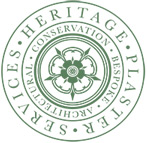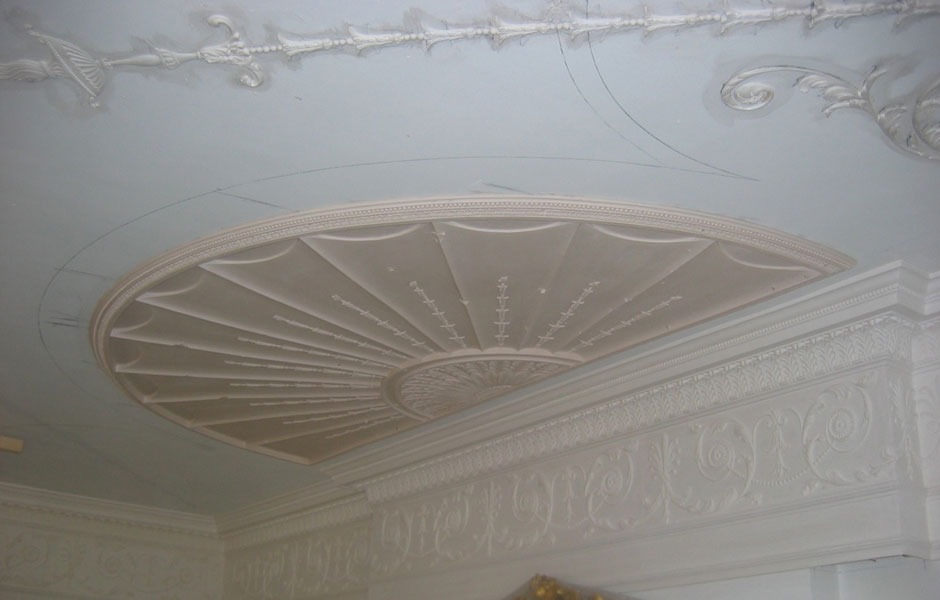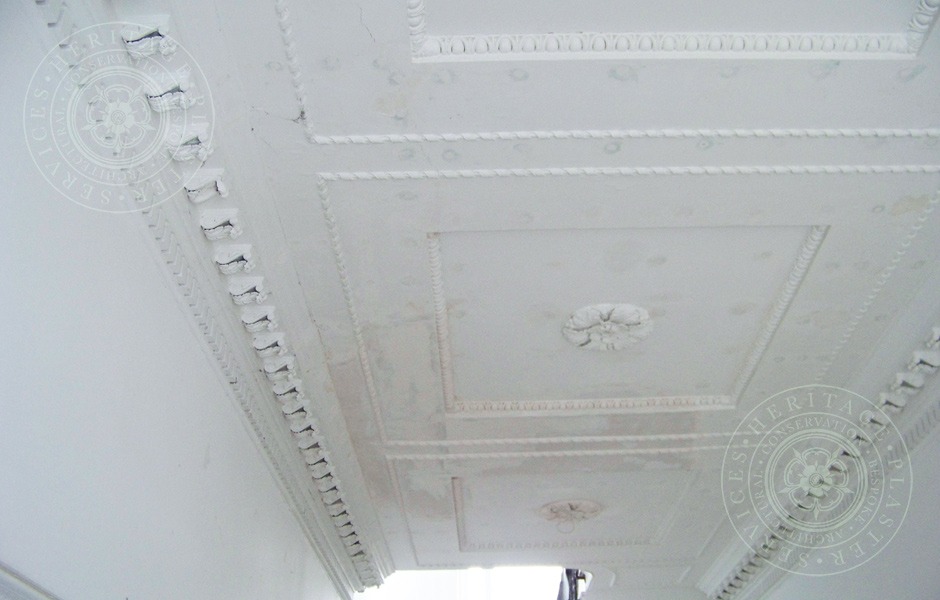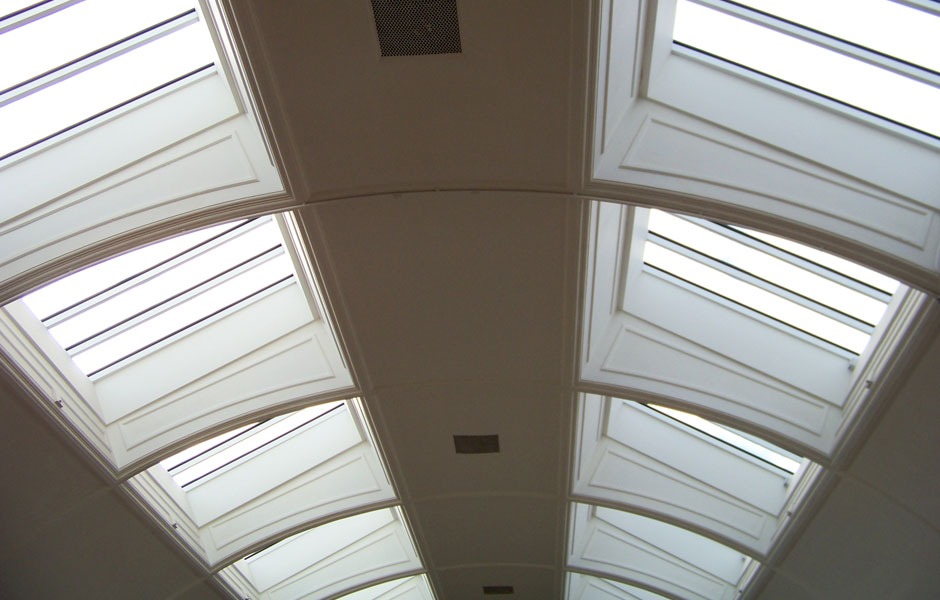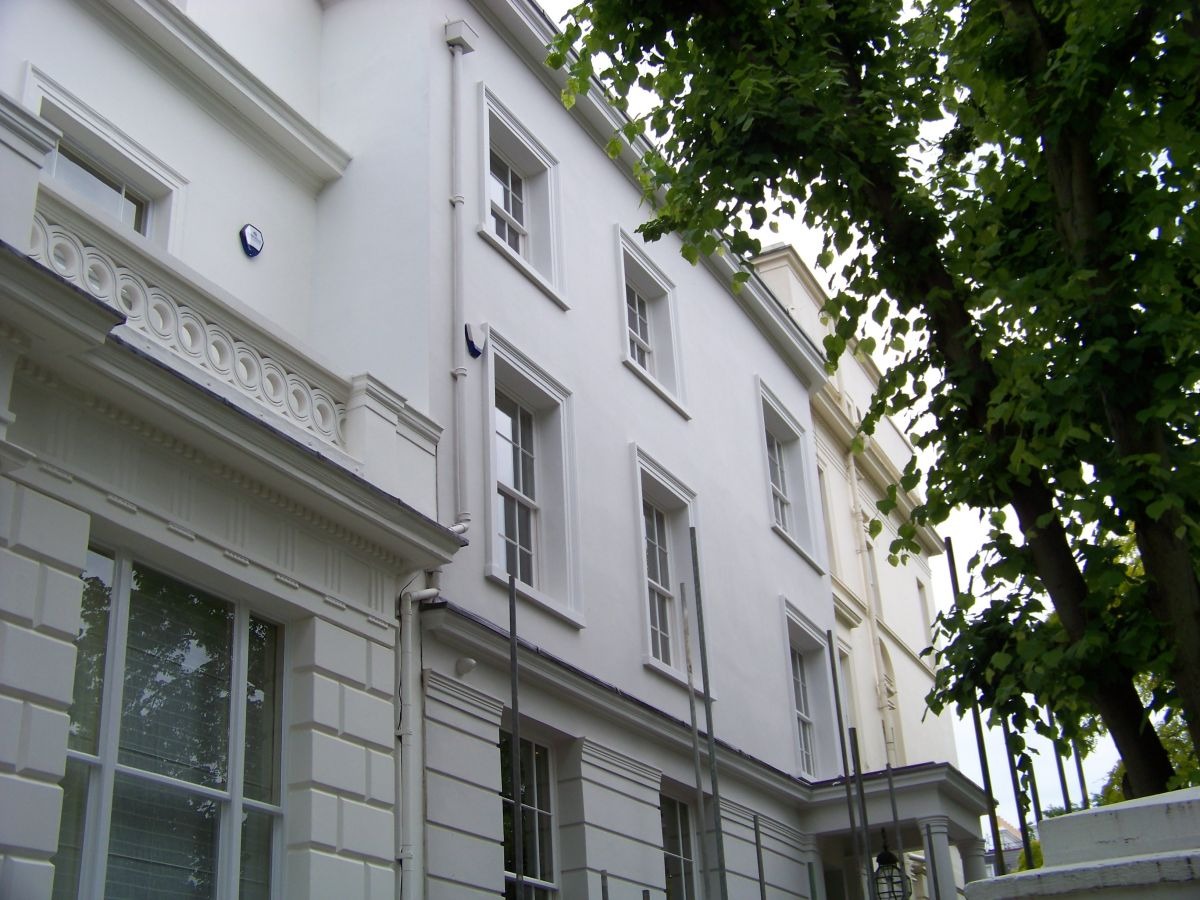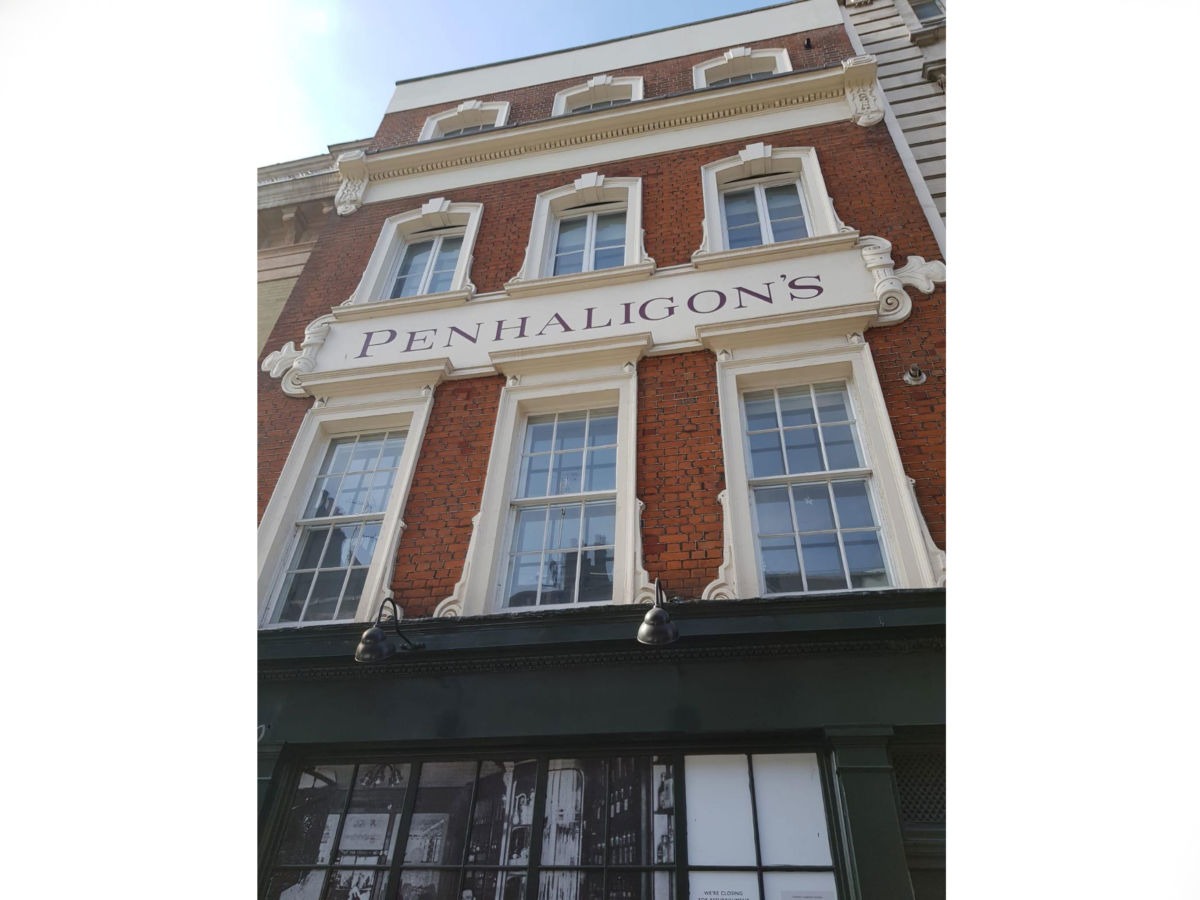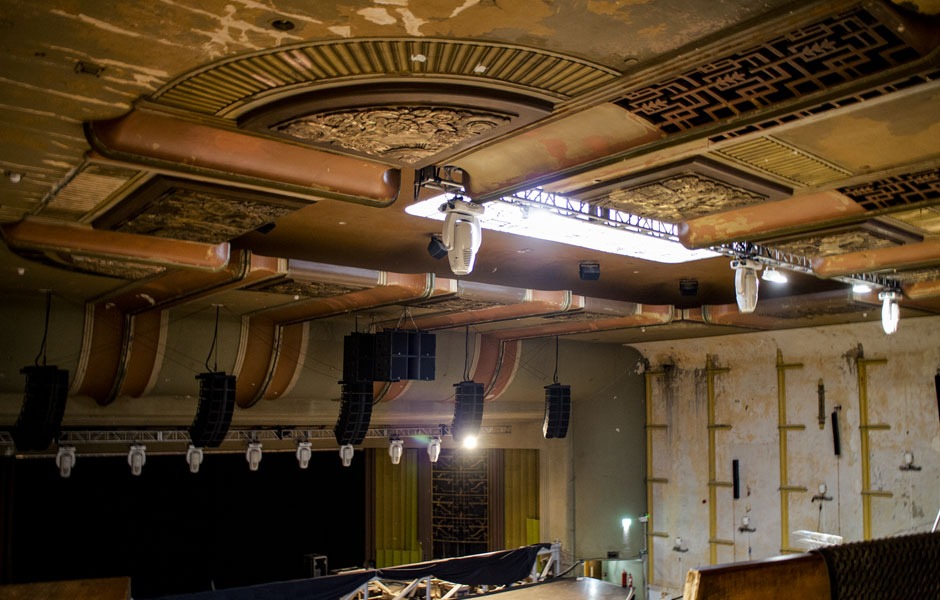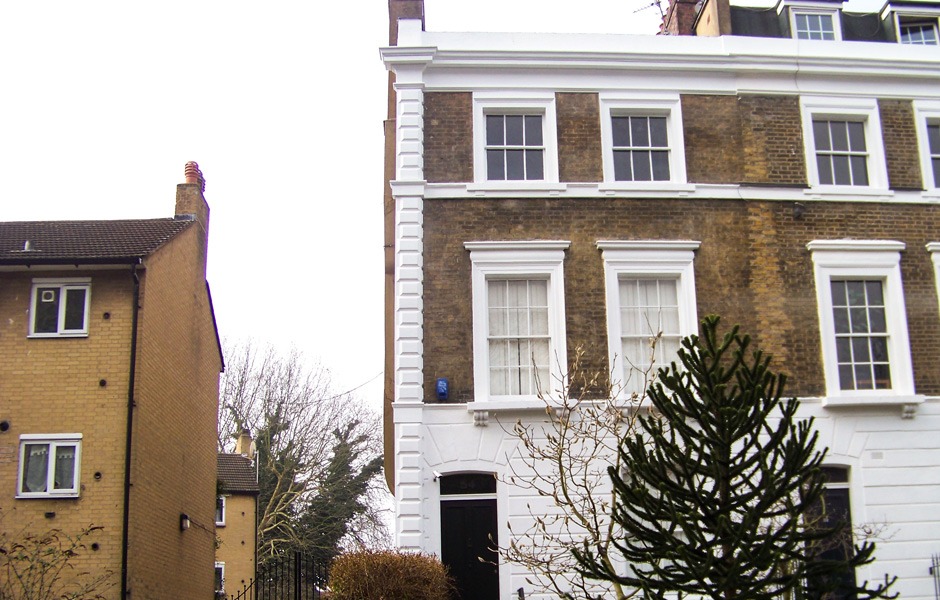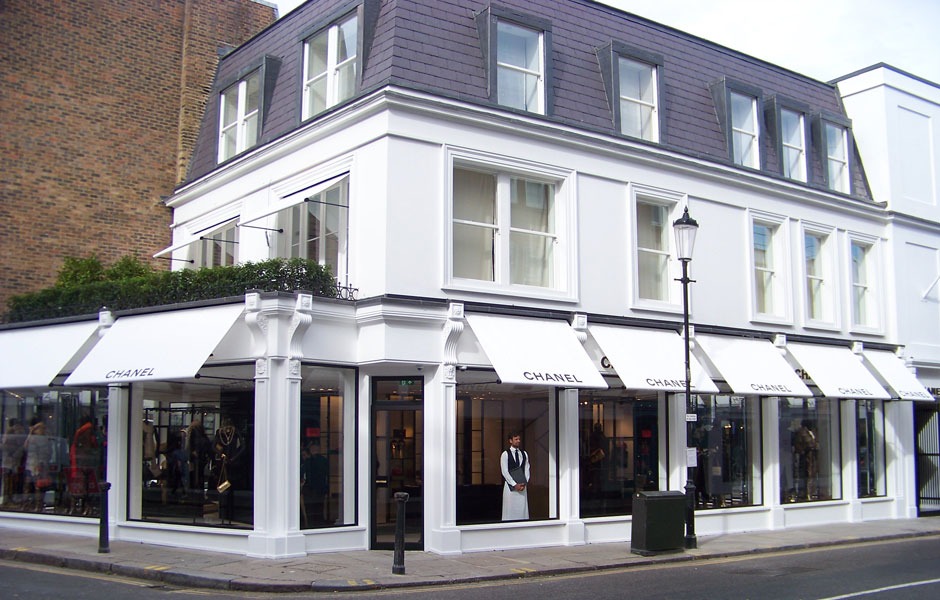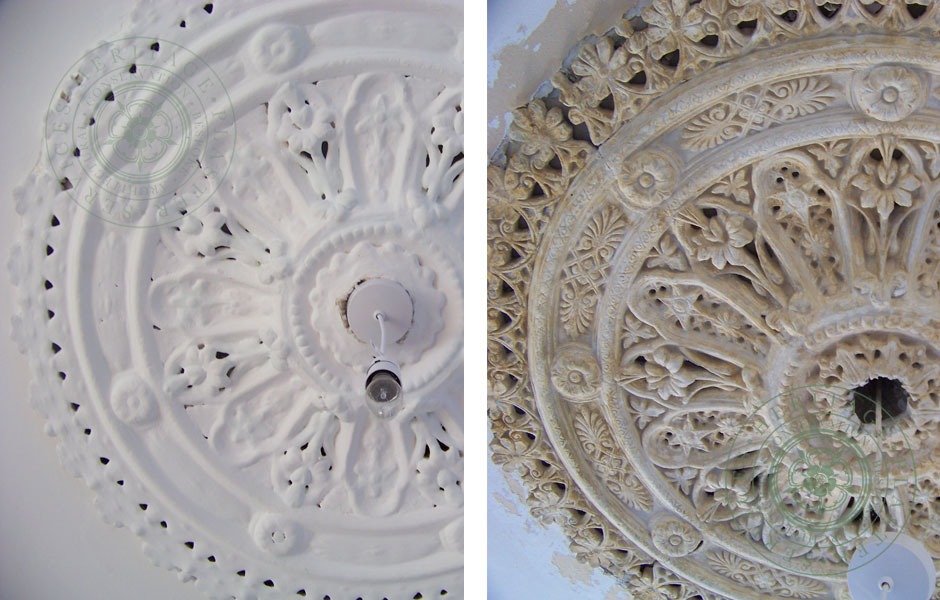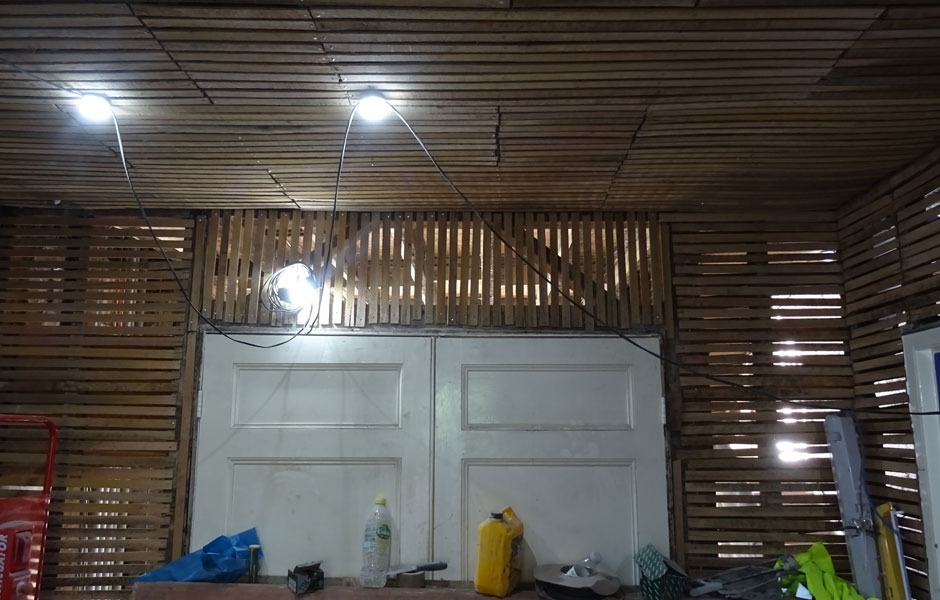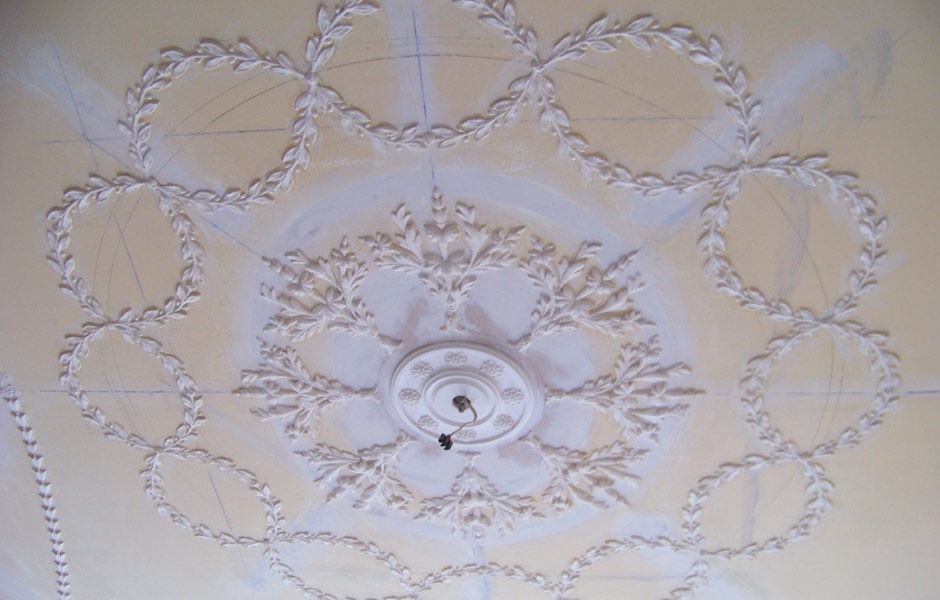Adams Ceiling Restoration, Essex
Adams Ceiling Restoration, Essex
Project Details
Location: Essex
The basis of these works were to create a Adam style room through the use of decorative plaster mouldings to the walls and ceiling based upon an Adam style but manufactured to suit the exact dimensions of the particular room.
The initial design idea was shown to us as a hand drawn detail on an A4 sheet as sketched by the client and their Interior specialist. Step 1: Transferral of sketch ideas to full working size: Drawing sheets were now set up to allow the full working size of the details to be shown. The decorative items were drawn up, using as many of our existing moulds and enrichment blocks as was possible, to sizes to scale for this room. Decorative mouldings were to be made for the frieze, cornice and capitals on the walls, these were used to provide the suggested pattern details to the ceiling.
Through the use of these patterns the details were transferred to site for the clients viewing and comment. At this time the final adjustments to suit the site dimensions exactly were made, whilst the proposed suggestions for decorative detail could be checked against various publications of authentic Adam projects.
Step 2: Model manufacture: Now the exact design and dimensions of each aspect of the room are known, the true manufacture works can begin. Constantly looking at keeping costs down we attempt to use as many as possible of our existing moulds to provide items of enrichment. Where the design or size requirements meant this is not possible, full clay or plasticine modelling of the items is carried out. It is from this modelling that full silicone moulds are then formed that enable plaster manufacture to commence This process now enabled full models of all items, such as the Ceiling fan, Ceiling rose, Capital, and frieze. From the silicon models the ceiling is starting to take shape in our workshop.
Step 3: Setting out for Manufacture: During this process of modelling and mould making the decisions are made as to the best method of casting for each element.As with many aspects of our works, there are different ways to go about the forming and casting of items. Within this project for example the Ceiling fans required careful planning prior to the setting down of these models. Being 3 metres by 1.5 in size, but made up of many different enriched decorations, it was decided to cast these as one single piece. The alternative method would be to make each single enrichment as a seperate piece and then form them as one on site. A timber framework was used to facilitate the removal of the casts from the mould, safe delivery to site and fitting to the ceiling.
The frieze was modelled up to be cast in 1 metre lengths. This would then allow greater scope on site to adjust each cast to ensure that we created a constant balance of enrichment to each mitre and equally importantly at the centre of each wall. Step 3: Setting out for Manufacture: During this process of modelling and mould making the decisions are made as to the best method of casting for each element.As with many aspects of our works, there are different ways to go about the forming and casting of items. Within this project for example the Ceiling fans required careful planning prior to the setting down of these models. Being 3 metres by 1.5 in size, but made up of many different enriched decorations, it was decided to cast these as one single piece. The alternative method would be to make each single enrichment as a separate piece and then form them as one on site. A timber framework was used to facilitate the removal of the casts from the mould, safe delivery to site and fitting to the ceiling.
Step 4: Ceiling decoration and enrichment: Once the main items were fitted into place and made good the remaining items of enrichment were applied. The husk enrichments to the ceiling were formed as single pieces and dressed directly to the ceiling. Whereas the corner details were moulded as single items but were cast in a number of pieces and and dressed to the ceiling. In order to obtain the correct ceiling layout and positioning of these single piece enrichments rigid templates were used to create the setting out.
The capital mouldings were dressed onto the plain bottom section of the frieze using the same profile to create the continuous rail.
The pilasters were cast in plaster down to the timber dado which mitred around them to provide them with some protection.
The timber dado and skirting were both dressed with plaster leaves and separate bead details.
In addition to these ceiling and wall mouldings the doors were provided with pediments and in a more interesting manner we dressed enrichments to a mirrored recess of 1.5 metres by .5. These enrichments were designed to remain in keeping with the rest of the room.
